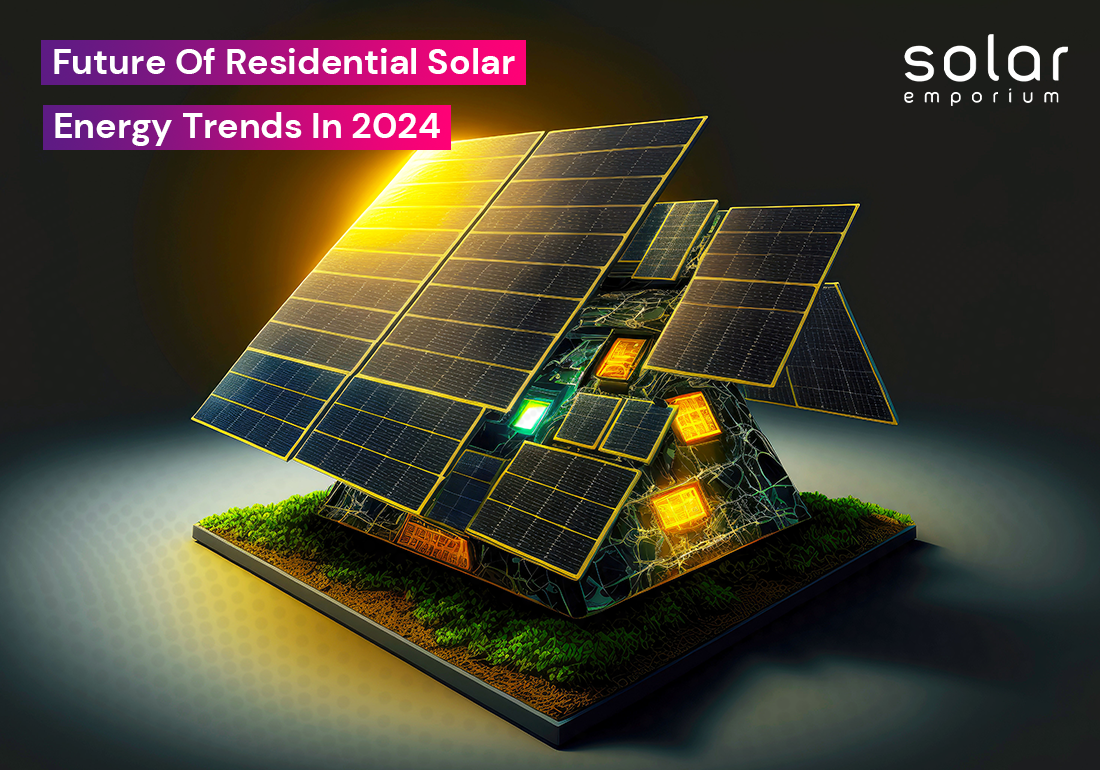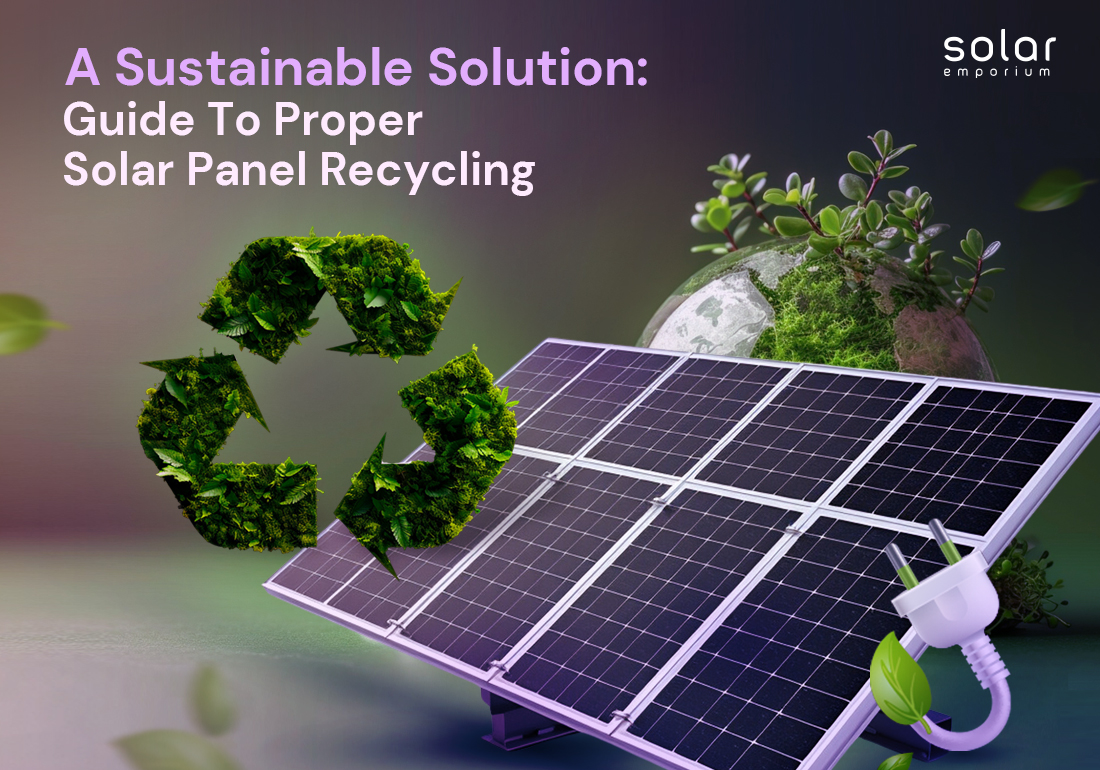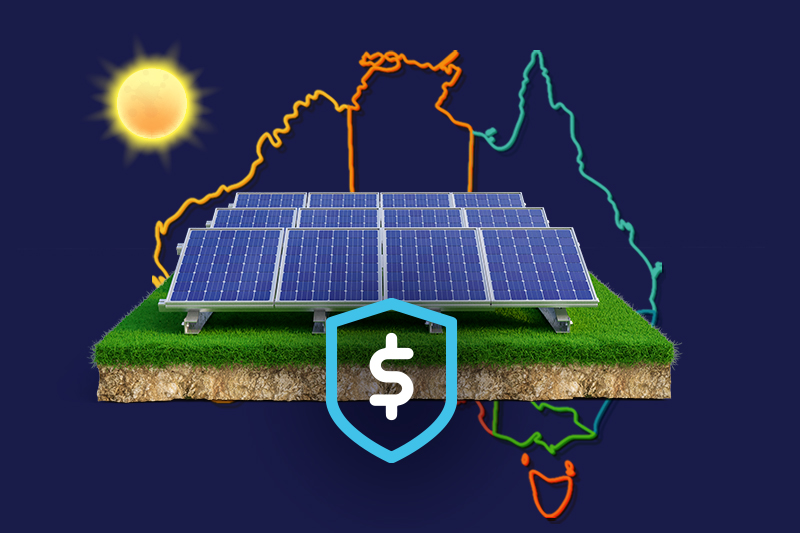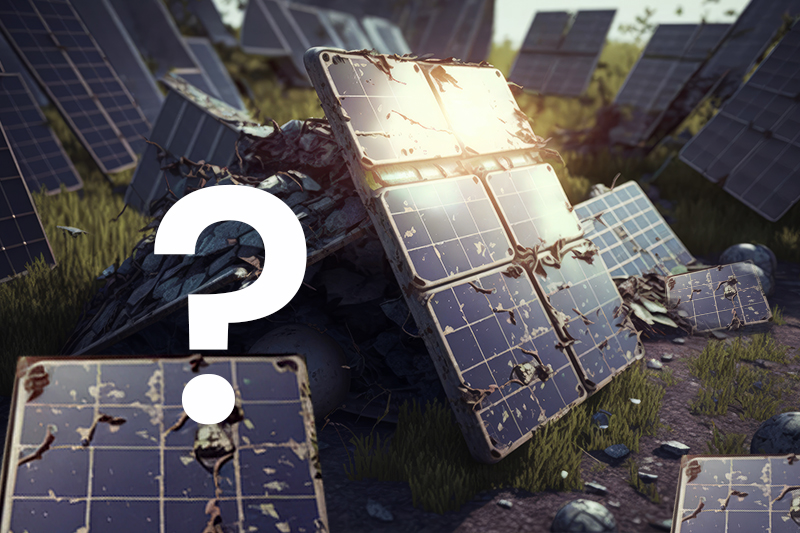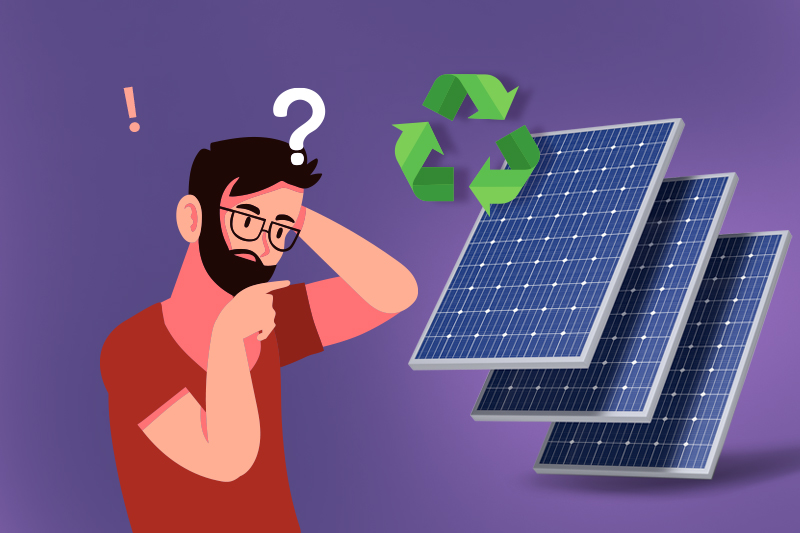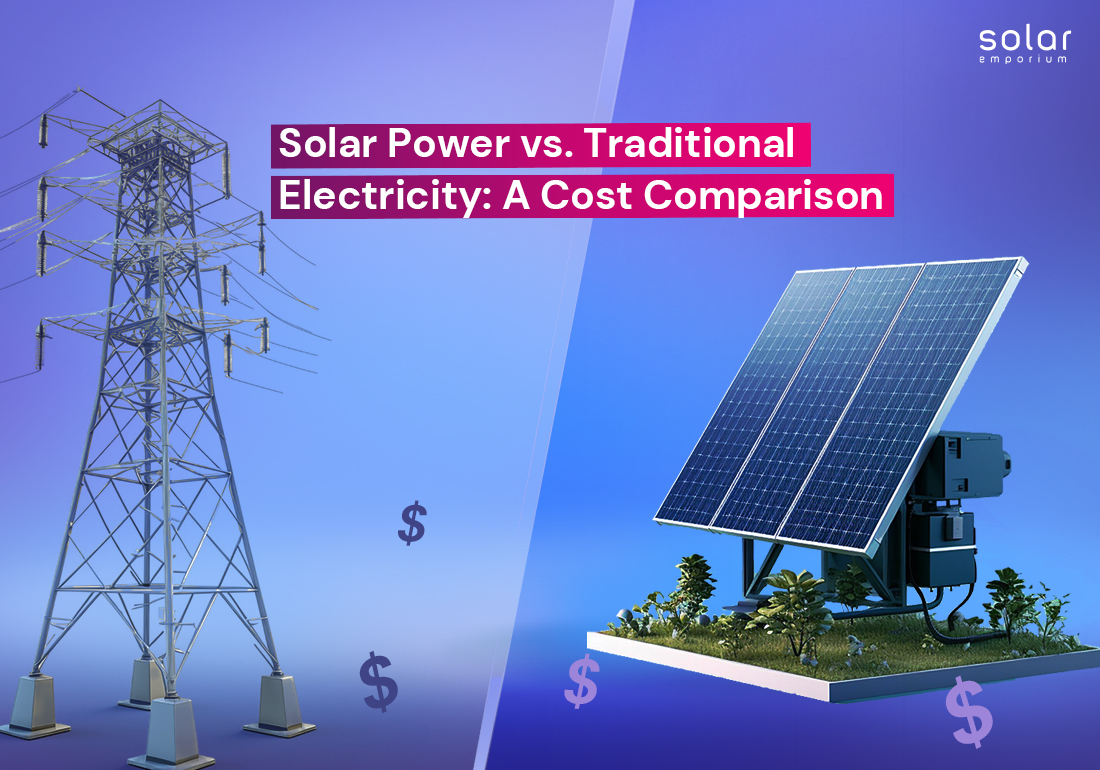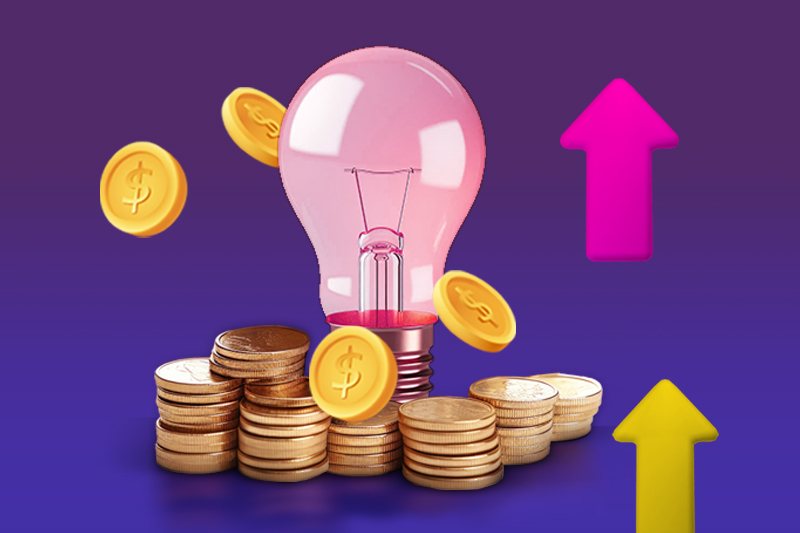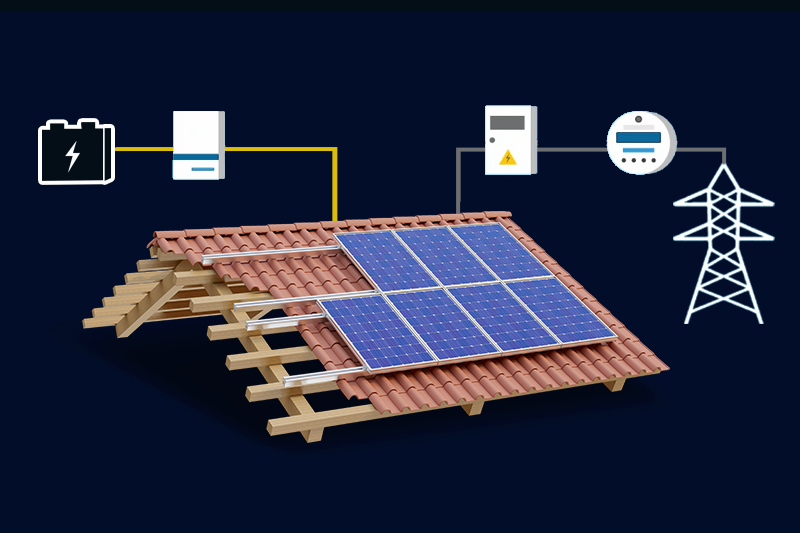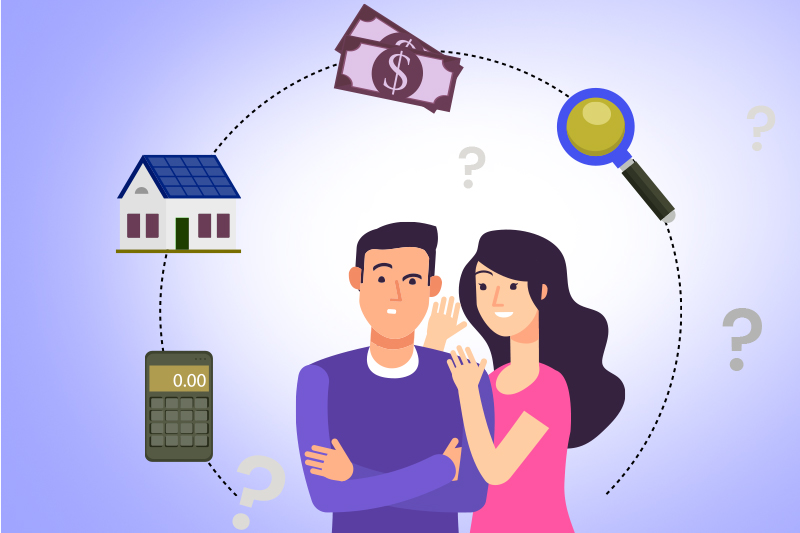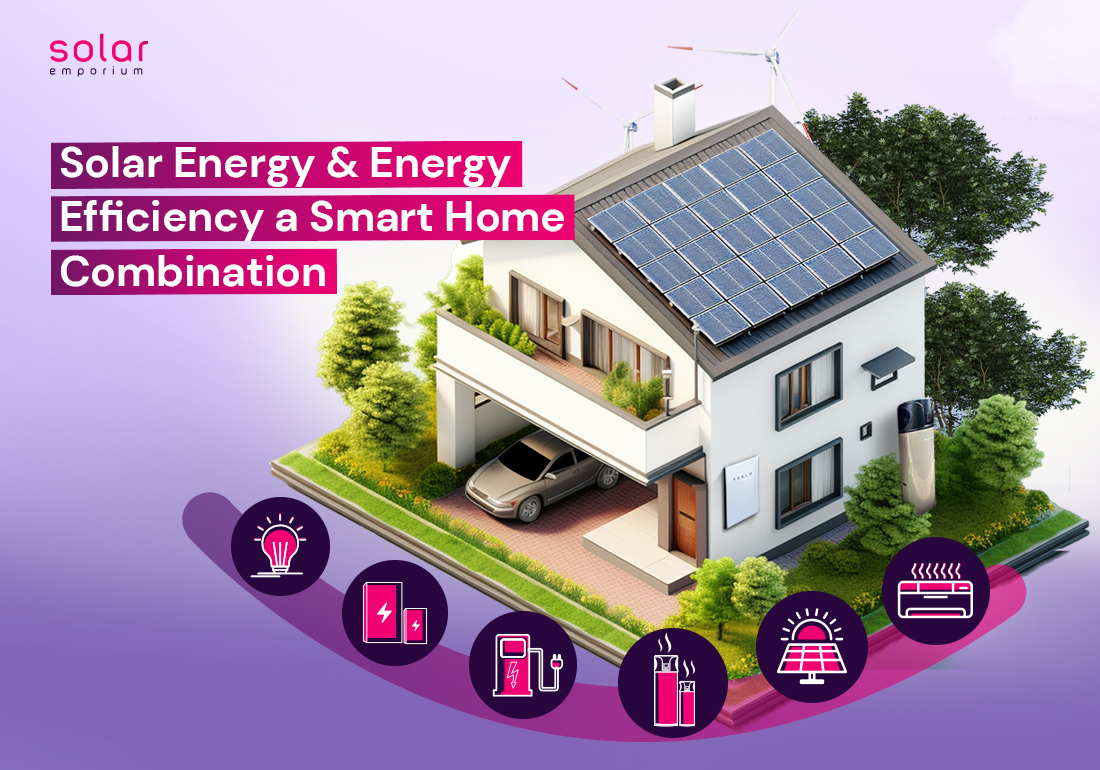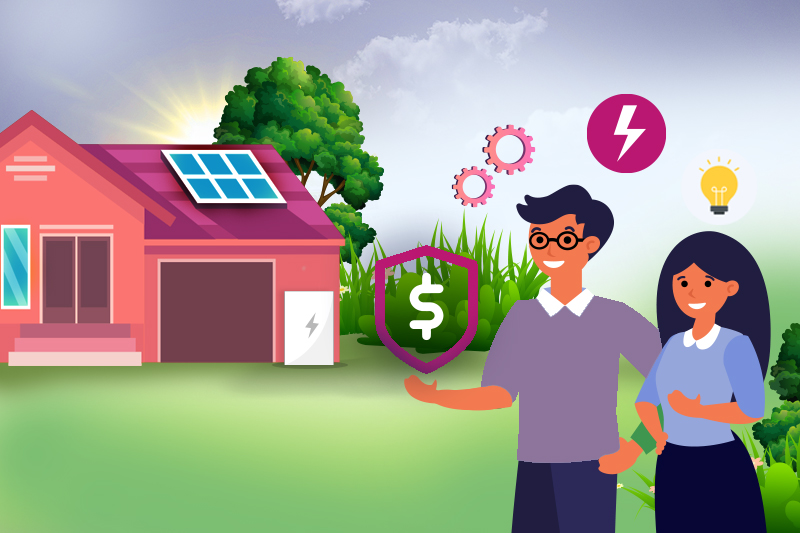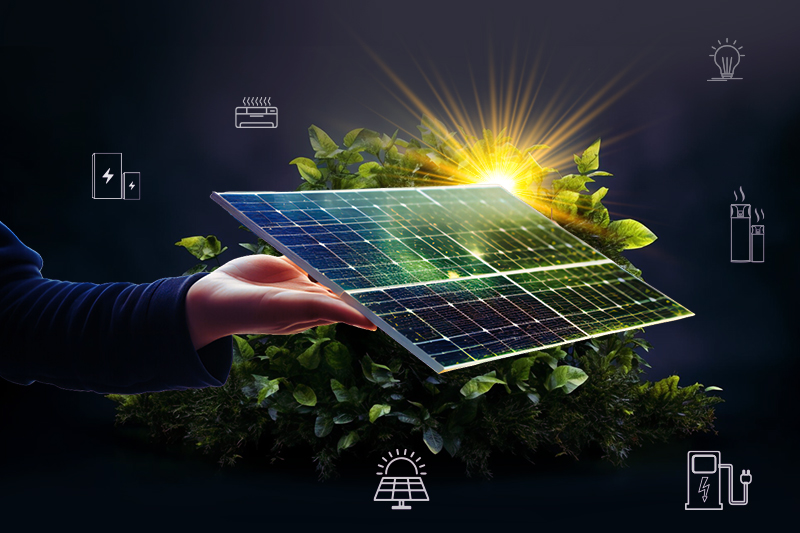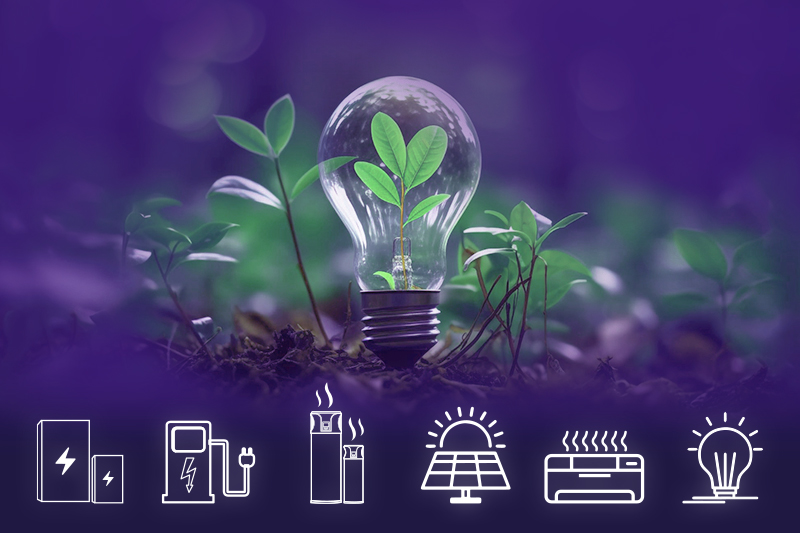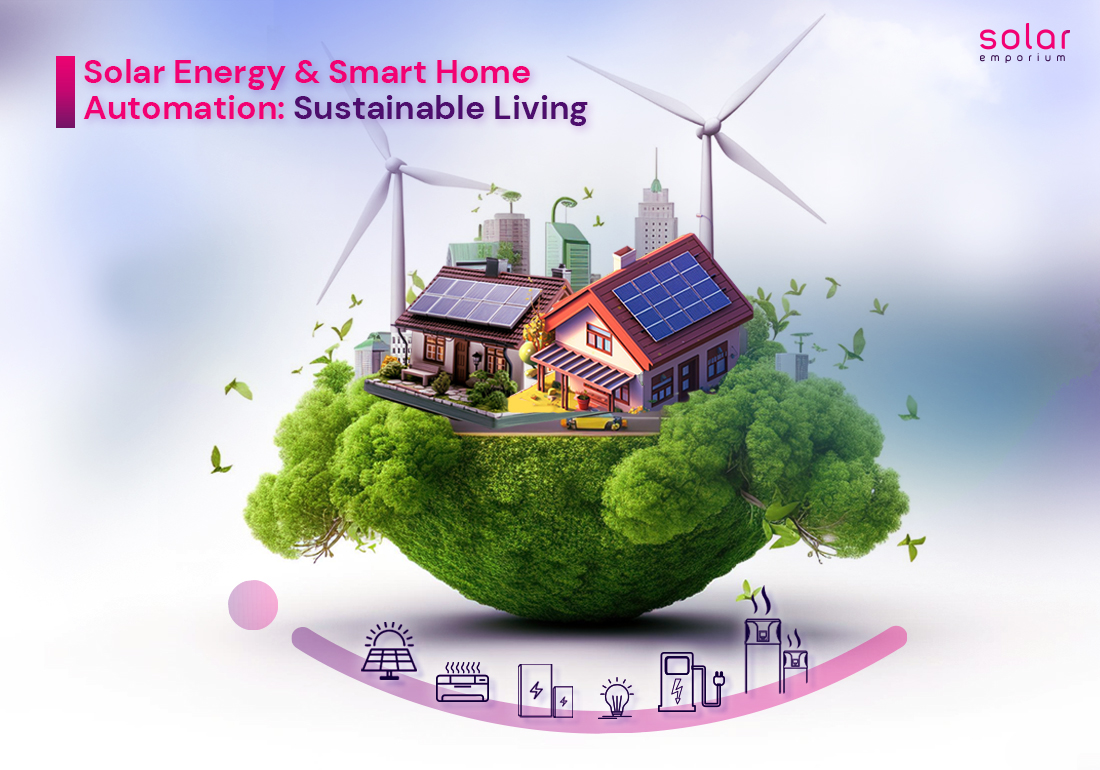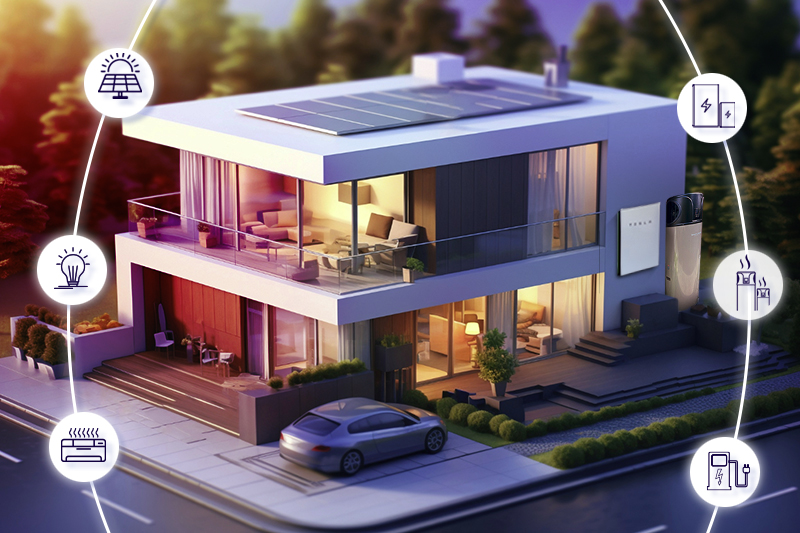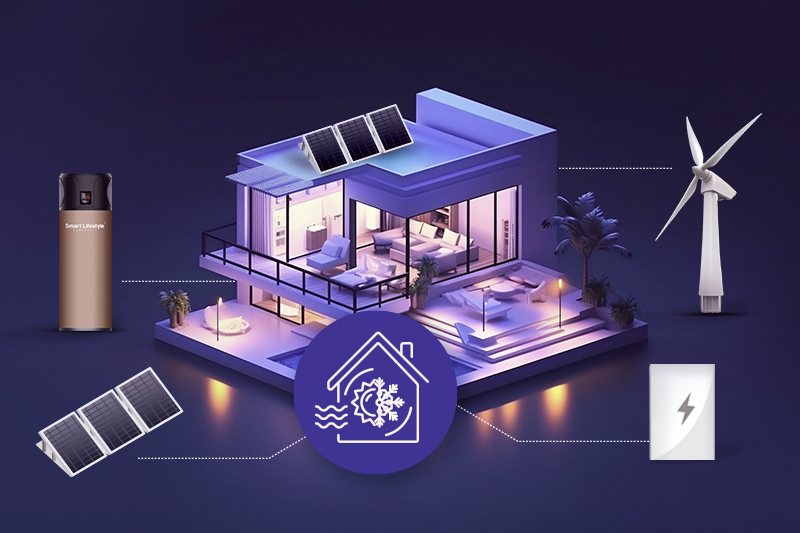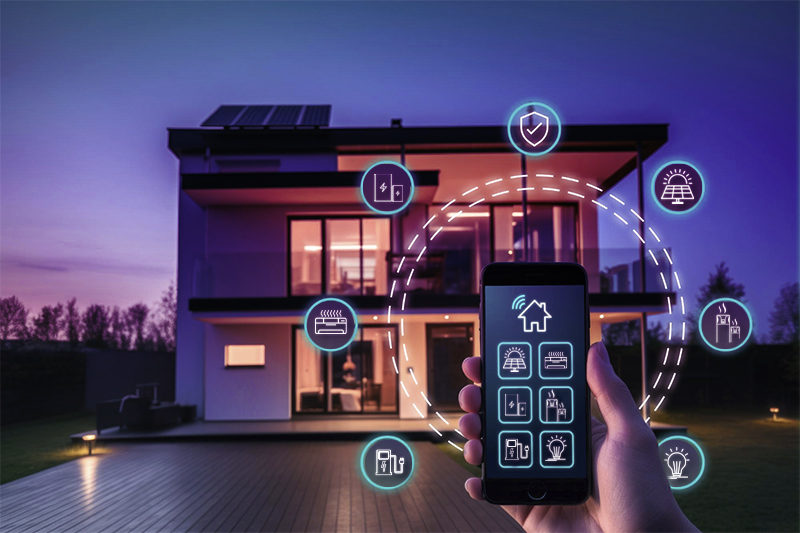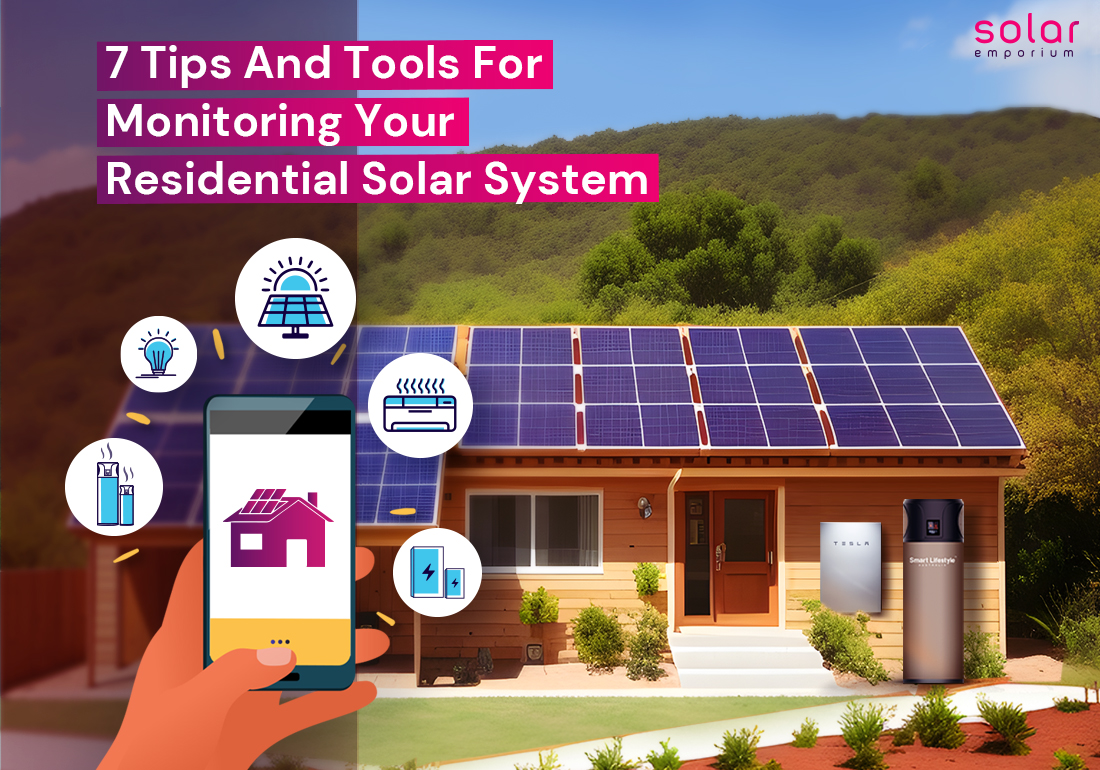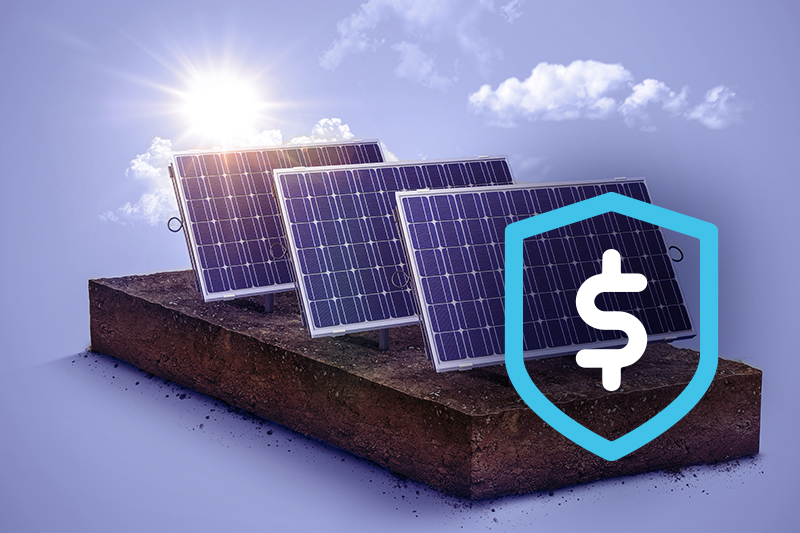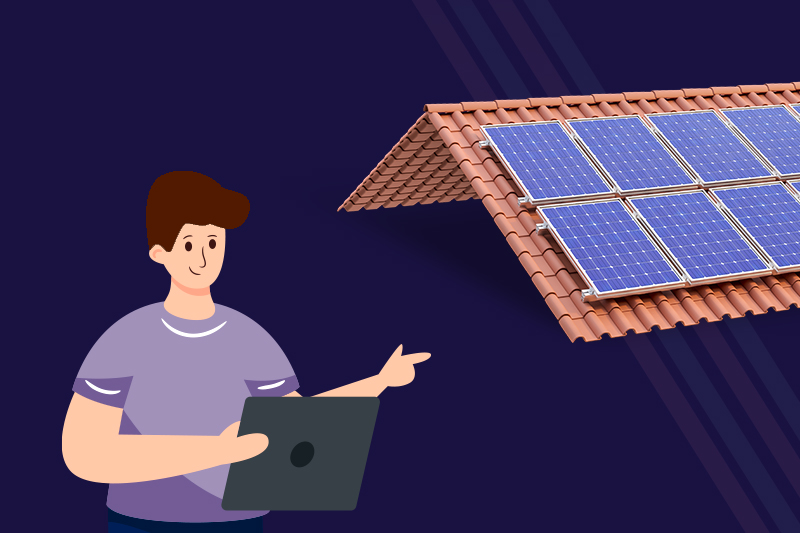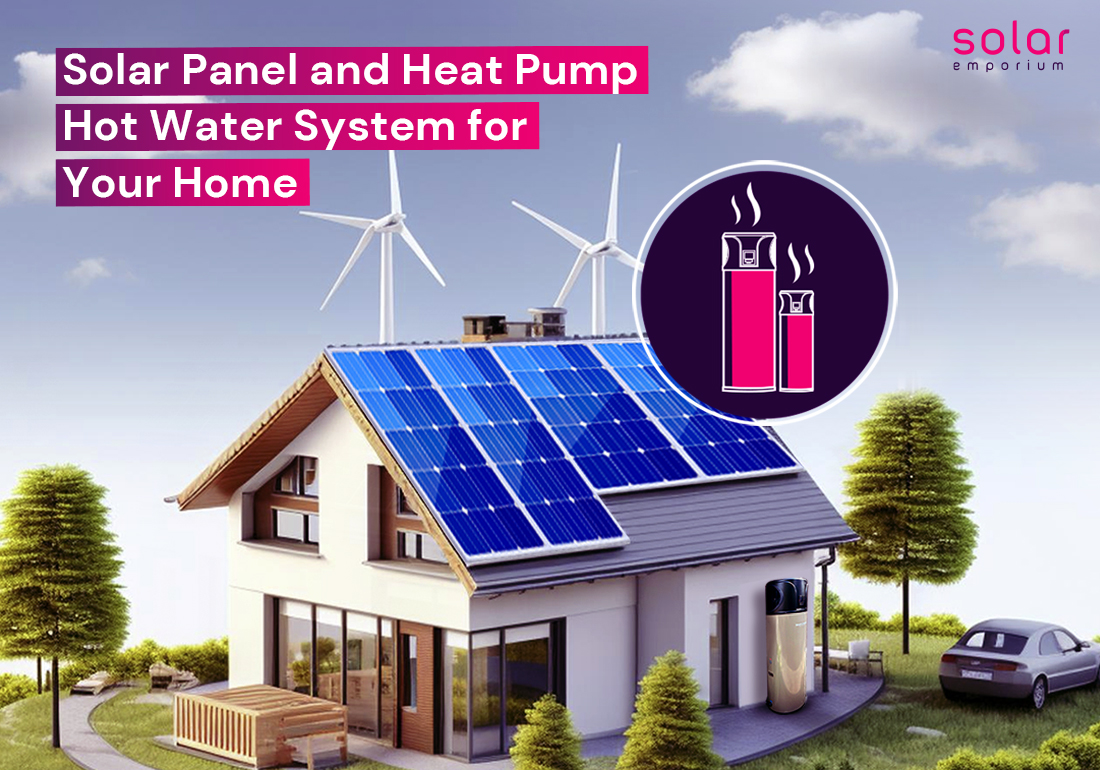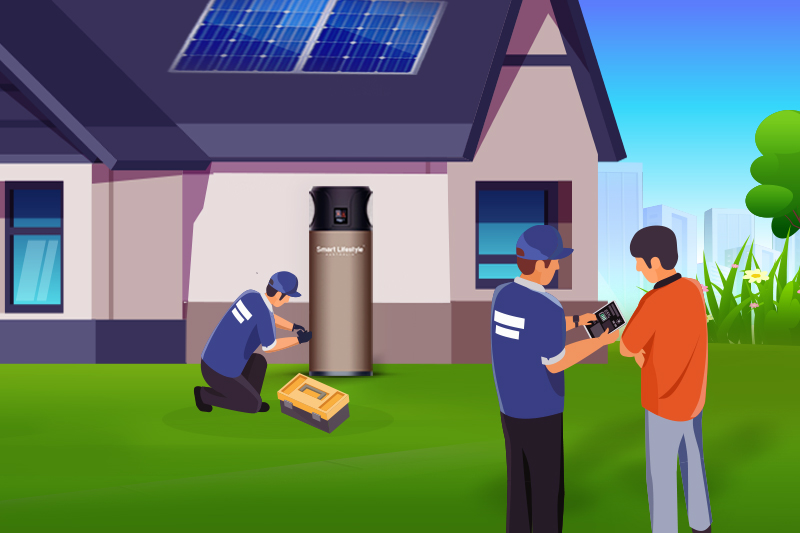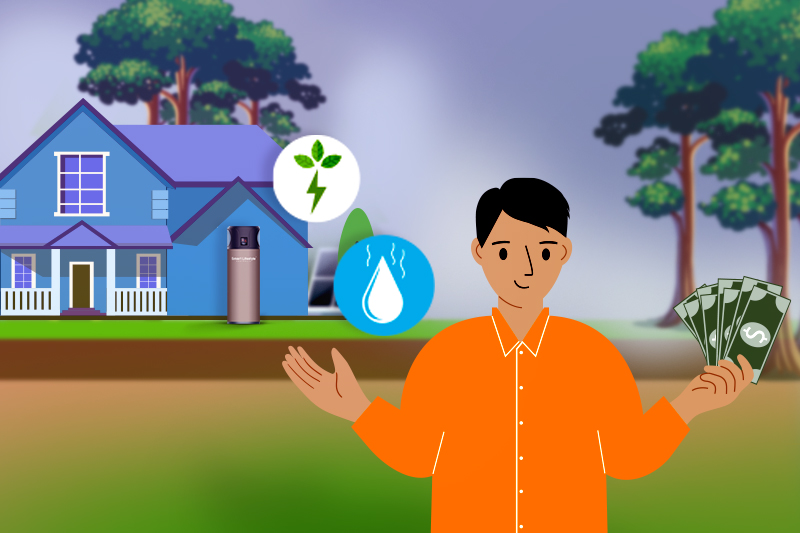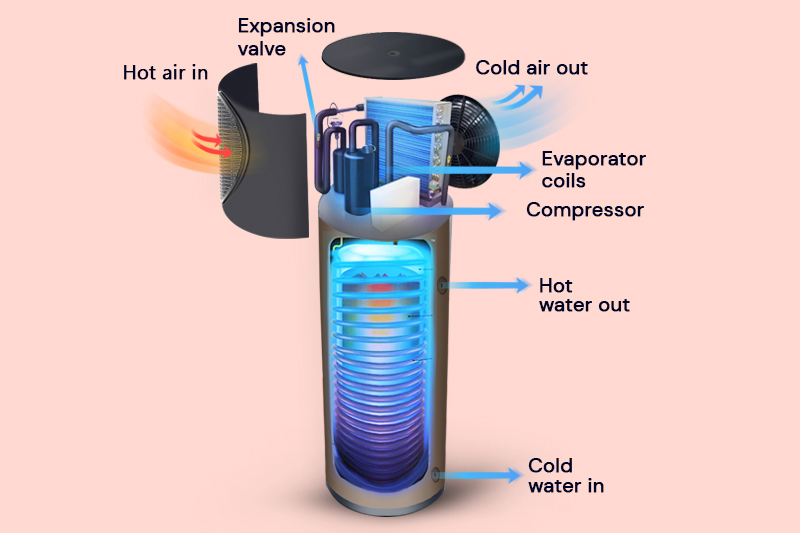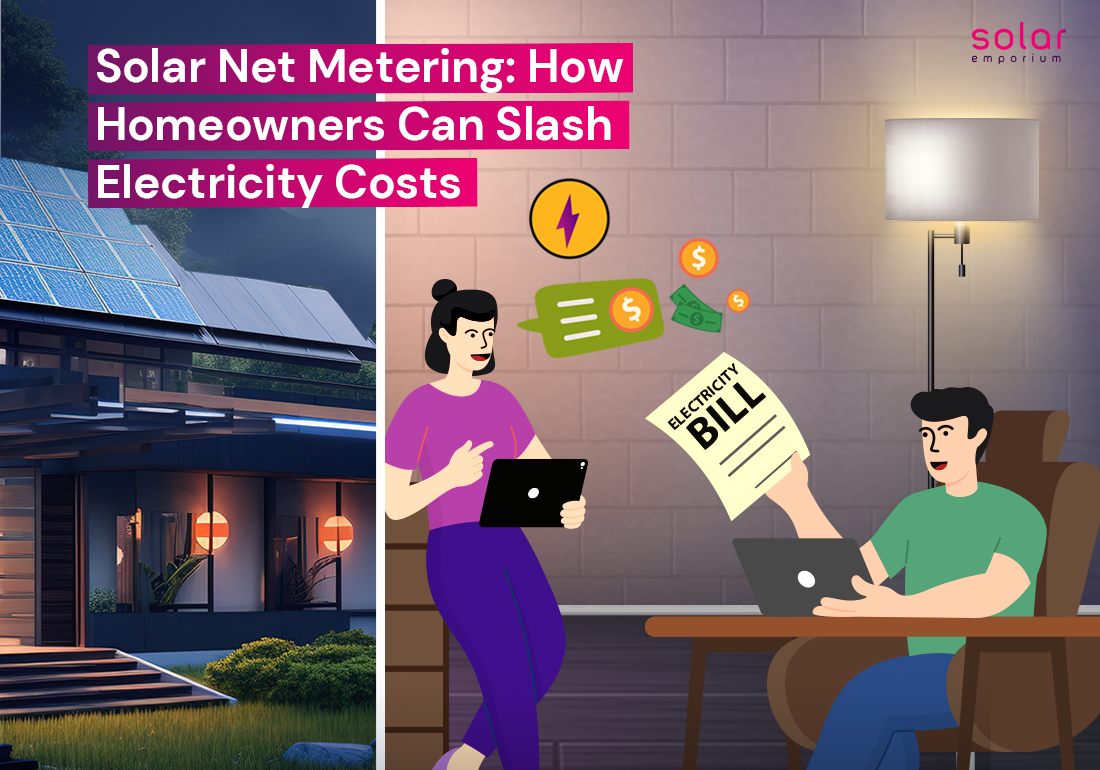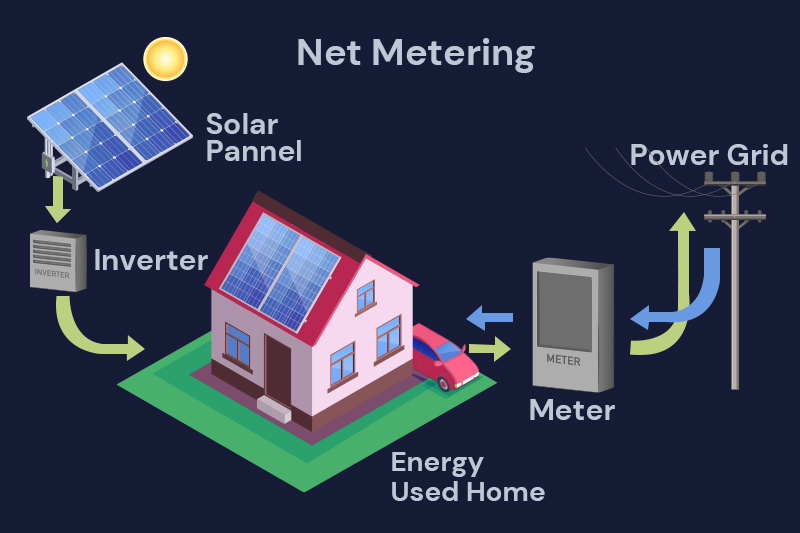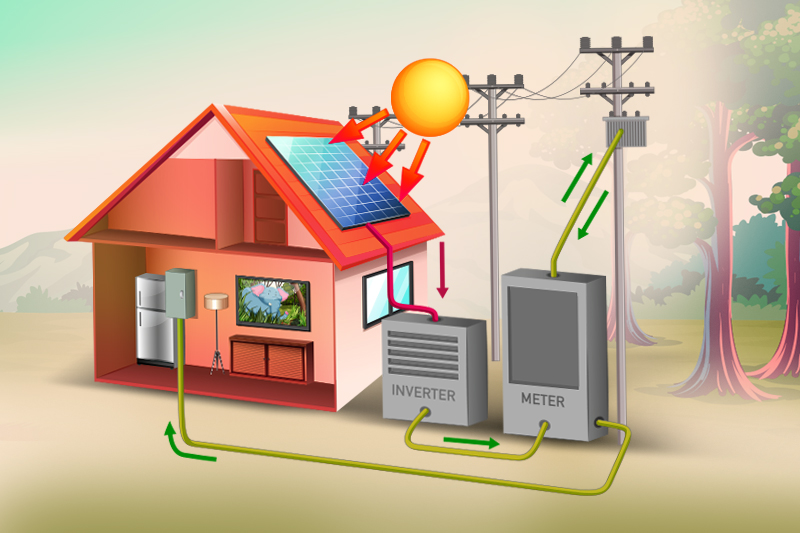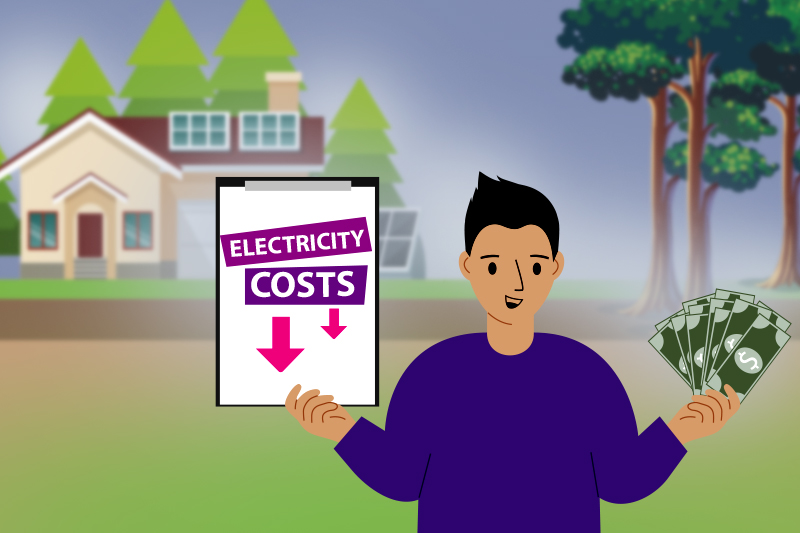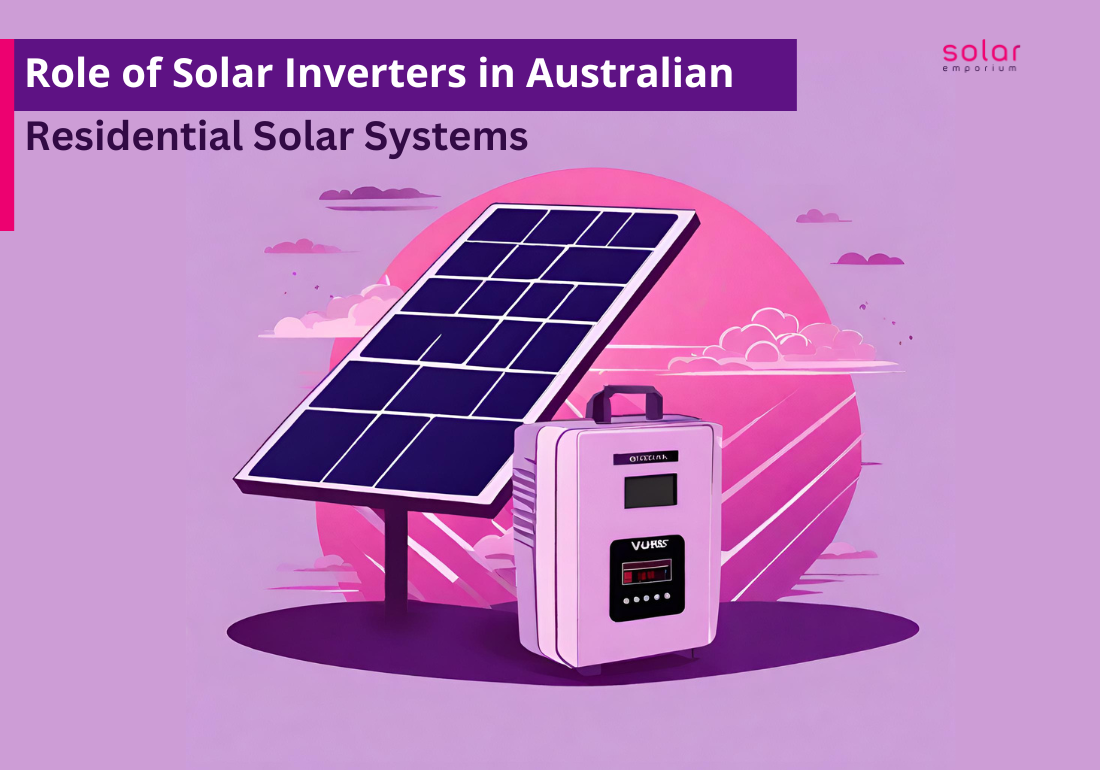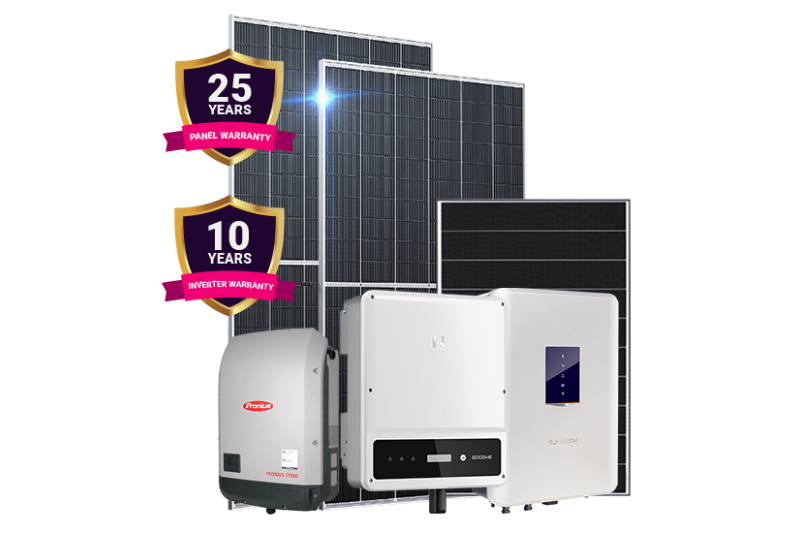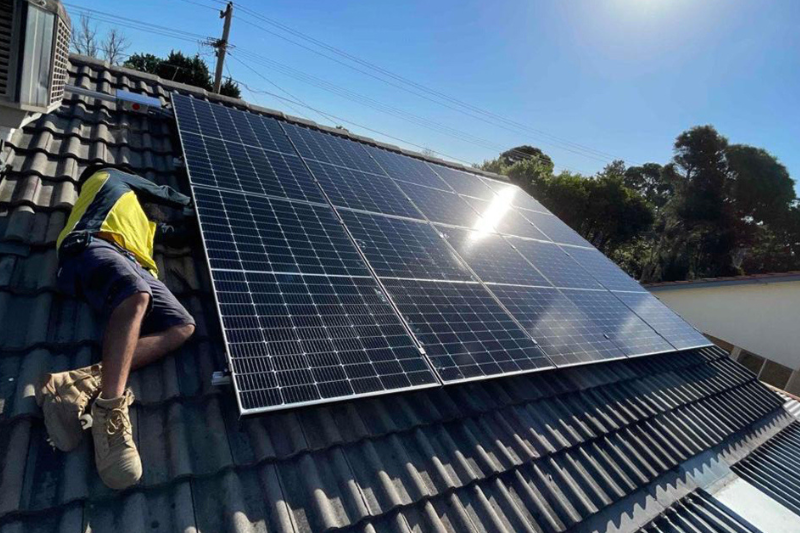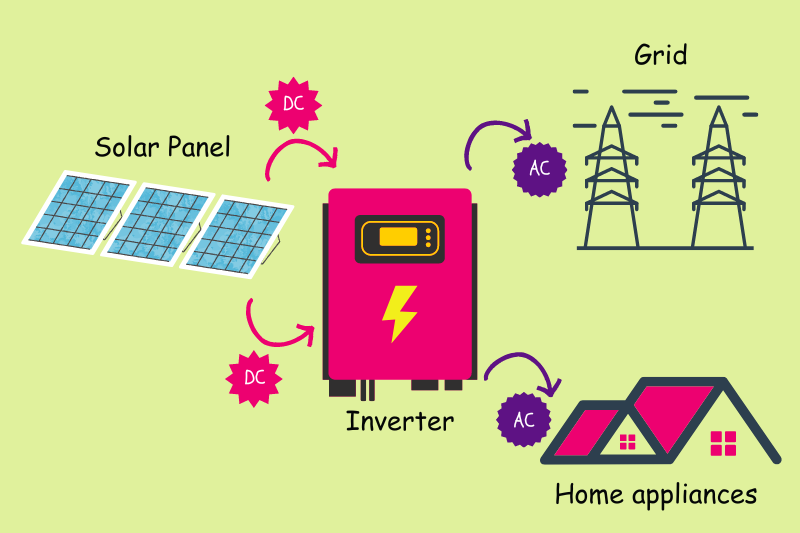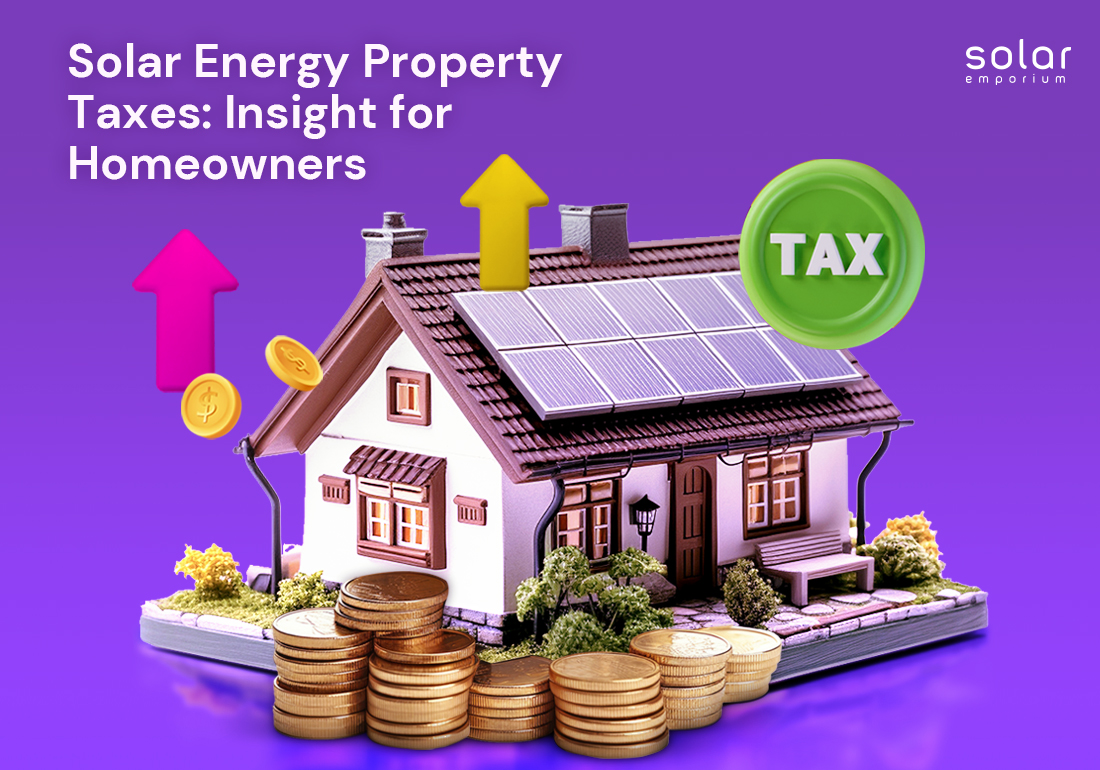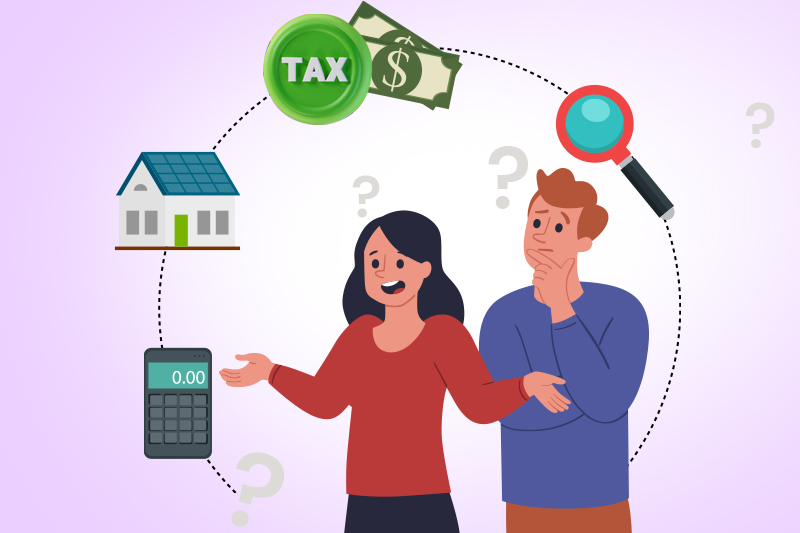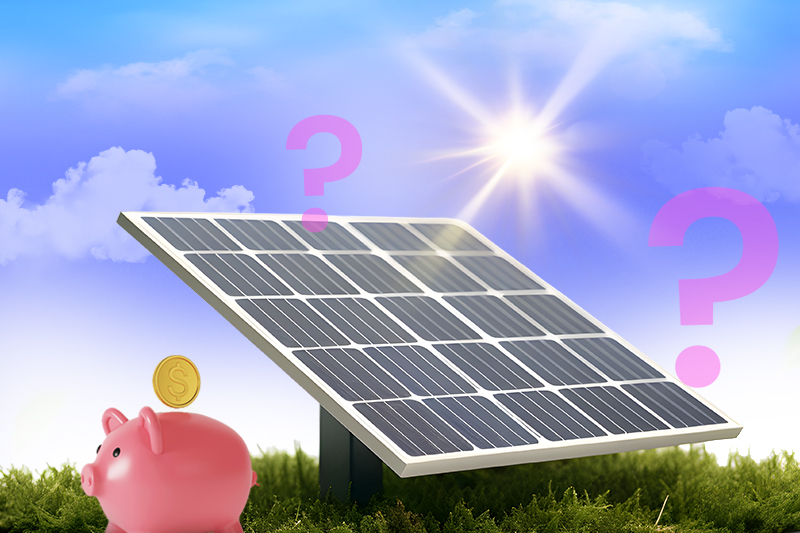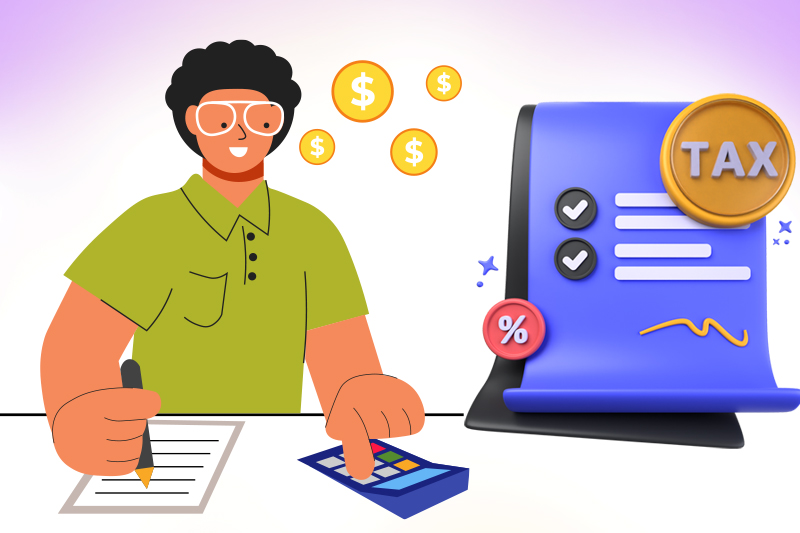The solar energy industry is changing significantly as we have entered a new year. People worldwide are getting more serious about using clean energy, which is making the solar energy business grow fast.
There are lots of new technologies, rules, and market trends that are going to change how we use solar power in the future. Here, we will discuss the future of residential solar energy trends in 2024.
As people look for greener energy options, solar power is becoming popular for homes and businesses.
As more people in Australia and worldwide start using solar power, it’s essential to know what’s coming next for solar energy.
Let’s take a peek into the future of solar energy. And see how it’s changing how we use renewable energy in Australia and beyond.
Future Trends in Solar Energy
The future of solar energy holds many exciting possibilities. One big trend is making solar panels work even better.
Scientists and engineers are trying to design panels that can catch more sunlight and turn it into power. It means you can produce more electricity even with limited space, which is great news for places with little room for big solar setups.
Another cool thing happening is using solar energy to power transportation. Think about cars, buses, and trains running on the sun’s energy.
It is becoming a reality. Electric vehicles are becoming more popular, and some are now using solar panels too. It will also help reduce their need for fossil fuels and reduce pollution.
Smart grids are also becoming more critical. Modern electricity networks use digital technology to handle power better from renewable sources like solar.
They manage the electricity supply more efficiently, ensuring we use solar power effectively, which is crucial for a future with lots of solar energy.
As solar technology gets better, the cost of solar power is dropping. More people worldwide can afford solar energy, not just rich countries or big companies.
Even small communities and individual households can benefit, which helps fight energy poverty. It gives more people access to clean, reliable, and affordable energy.
Solar power is also making a big difference in disaster relief. When natural disasters hit, power lines often go down. Solar power can be a lifesaver in these situations. Portable solar panels can provide electricity when it’s needed most.
Residential Solar Panels
Solar panels for homes are changing how we power our houses, offering many benefits now and in the future.
These panels let homeowners make their own electricity, which saves them money on energy bills.
Using solar power means families rely less on traditional energy sources, typically harming the environment. This switch saves money and reduces the household’s carbon footprint.
Another plus is that homes with solar panels are more appealing to buyers, which could boost their resale value.
Plus, solar panels help with energy independence, giving a reliable power source even during outages.
Future of Residential Solar Energy
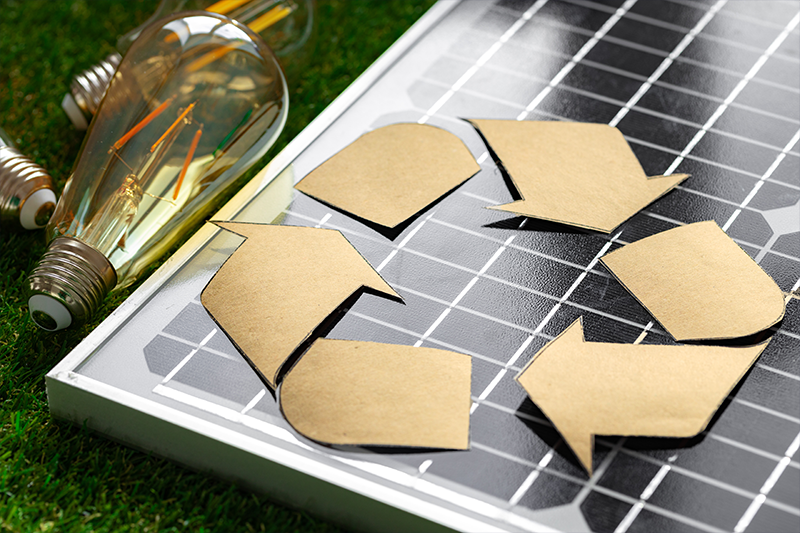
Experts think residential solar panels will become even better and cheaper in the future. As technology improves, solar panels can convert more sunlight into electricity, making solar energy more attractive for homeowners.
New ideas like solar roofing materials and battery storage systems will make using solar power at home and storing extra energy easier. Homeowners can use solar energy all day and night, relying less on the grid.
Government incentives and rebates for solar panels are likely to continue, making solar energy more accessible to more homeowners. These incentives make solar power a more affordable choice and encourage people to use clean energy.
Advances in Solar Technology Driving the Change
New and Improved Solar Panels
One big reason solar energy looks promising is that the technology behind solar panels keeps improving. Scientists and companies are constantly working to make solar panels that soak sunlight more efficiently and turn it into electricity.
By the end of 2024, we can expect even better solar panels that generate more power and cost less. There’s also exciting progress in using new materials like perovskite in solar cells, which could make solar energy even more effective.
Solar Battery Storage Integration
Another critical change in solar energy is how we store its power. As technology improves, we can save extra energy produced during sunny times to use later when it’s dark or cloudy.
At the end of 2024, we’ll likely have better batteries, like lithium-ion and solid-state batteries, and smart systems to manage energy use more efficiently in homes and businesses.
Costs Going Down
Cheaper Solar Equipment and Installation
Less Money Maintenance, Longer Lifespan
Another way solar power is becoming cheaper is through lower maintenance costs and longer-lasting equipment.
New solar panels are more durable and have better monitoring systems to catch any issues early on.
By 2024, solar panels will last longer and need less maintenance, which means more savings for users in the long run.
Making Community Solar Projects Better
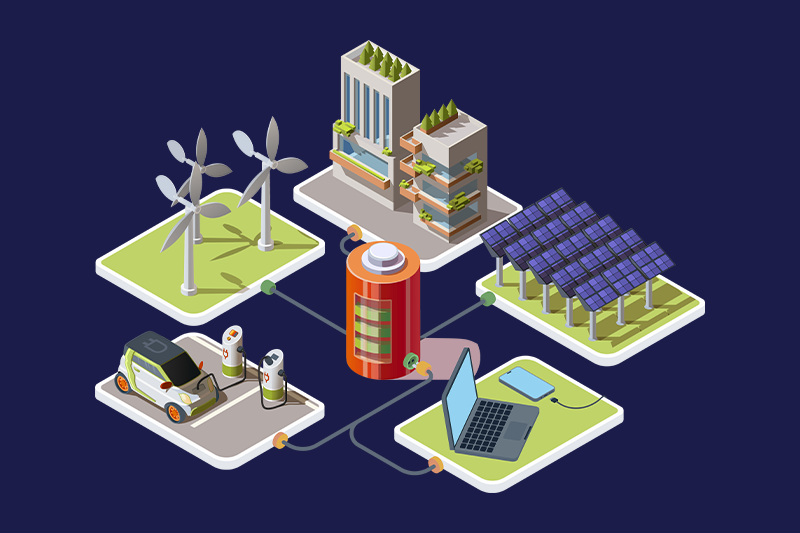
Making More Solar Power Together
Community solar projects have become very popular lately. They let people and businesses use solar energy even if they can’t install solar panels where they are.
Instead, community members invest in and create shared solar power setups. This way, everyone in the community can benefit from clean energy.
New Ways to Pay for Solar Projects
Another reason why community solar projects are growing is because of new ways to pay for them. These include things like power purchase agreements (PPAs) and solar leasing.
These options make it easier for individuals and businesses to get involved in solar energy without spending much money upfront.
The future of solar energy looks bright. Significant technological improvements will make solar power cheaper and better.
Governments are also likely to support solar energy more. Solar power will become even more critical as we work towards a cleaner and greener world. We’re excited to be part of this solar energy revolution, offering efficient and affordable renewable energy solutions.
Check out our solar packages right now!
Top Technological Trends
Solar Panels with Smart Technology
Smart technology, like artificial intelligence (AI), is being used to make solar panels work better. AI helps to position the panels in the best way to catch sunlight, makes the whole system more efficient, and can even predict how much energy will be produced.
In 2024, we expect to see more solar setups using AI, making them perform even better and easier to manage.
The future of solar energy looks good, especially with new technologies, better ways to store energy, systems that are not dependent on one central power source, supportive government policies, and the use of AI.
Solar Power for Smart Cities
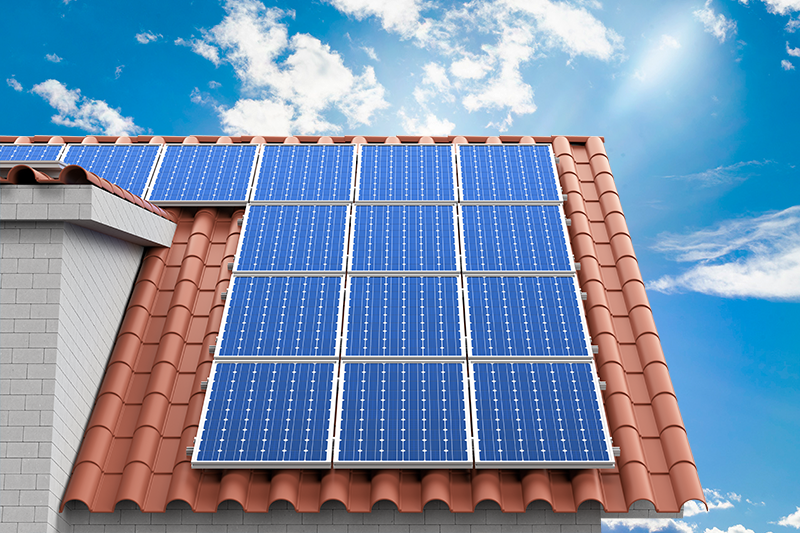
Smart cities, where technology improves energy use and daily life, are becoming more popular. In 2024 solar energy will be a big part of making these smart cities work.
There will be things like streetlights and electric vehicles powered by solar panels. Smart cities will use solar energy to make living in cities smoother and more connected.
There will also be better systems to manage energy use, create less waste, and save money.
Solar-Powered Transportation
Transportation, like cars and buses, is a significant source of pollution. People are becoming more interested in using solar power to run vehicles. In 2024 more solar-powered cars, buses, and even airplanes will be produced.
These vehicles will have solar panels built into them to generate electricity from the sun. It will help reduce our reliance on fossil fuels and reduce pollution.
Expansion of Smart Solar Systems
Solar Emporium With More Exciting Solar Offers
For 2024, Solar Emporium is bringing even more exciting offers for solar energy. We’re making it easier and more affordable for everyone to switch to solar power.
With our new deals, you can save money on energy bills while helping the environment. We have options that fit your needs. Our solar panels are improving and more efficient so that you can get even more power from the sun.
Plus, we offer great deals on installation and financing, so you can start saving immediately. Join us at Solar Emporium, and let’s make the future brighter together!
Get a free solar quote today!
